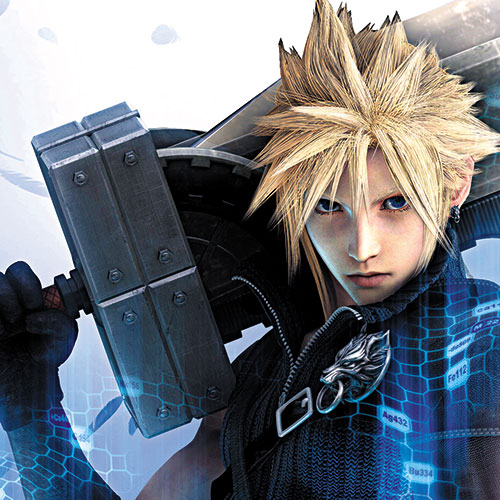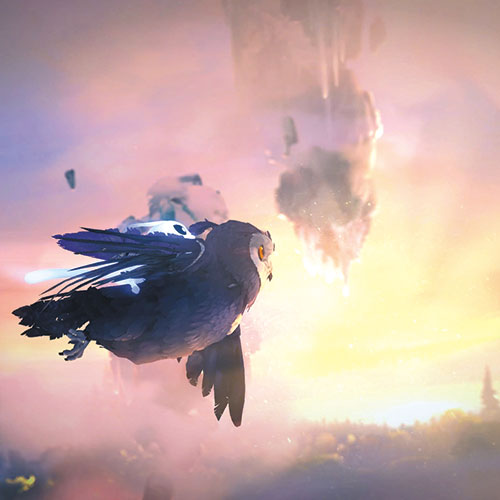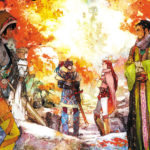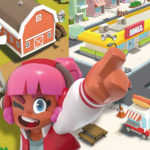Paige FTW: In Defense Of ‘Advent Children’

The Compilation of Final Fantasy VII project — an ambitious undertaking by Square-Enix to milk as much money from its most successful Final Fantasy title — had its ups and downs. Crisis Core: Final Fantasy VII was a solid, highly enjoyable (and emotional) PSP title. Dirge of Cerberus was … less good, though you have to give Squeenix props for trying to branch out.
Then there was Final Fantasy VII: Advent Children, a direct cinematic sequel to the original game. While the title was lauded for its exquisite graphics, its story was less enthusiastically received, particularly the new, dour personality of hero Cloud Strife.
But as time has passed, I find I see the movie in a different light.
While it certainly is no tour de force of storytelling, Advent Children genuinely tries to explore what the impacts of very-near-apocalypse would be on a society. The answer is … well, everyone is depressed, poverty runs rampant because the economy collapsed, disease is wiping out the population, and life is generally kind of awful.
It doesn’t make for very uplifting storytelling, but it does have a ring of authenticity. Cloud is depressed because, sure, he’s the hero, but he also discovered his whole life was a lie, and is consumed with grief and guilt for the deaths of Aeris and (belatedly) Zack. He never gets a chance in the game to really process it: He just kind of pushes it aside to get the job done. And now here he is, paying the karmic price.
The problem is that Squeenix still had to cram in the conventional beats of a video game-based movie — aka copious amounts of admittedly very cool fighting against rather generic villains (and the inexplicable return of Sephiroth) that kind of squander what emotional lifting the rest of the film is trying to do.
Now, unfortunately, Squeenix’s cinematic ventures since Advent Children — Kingsglaive: Final Fantasy XV — well, the less said about that, the better.











